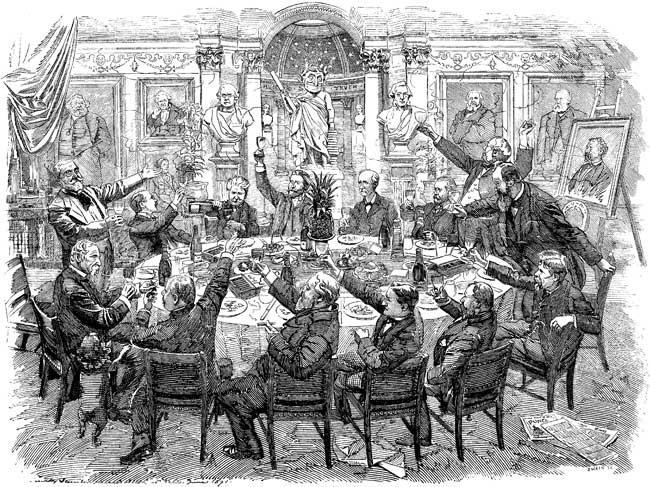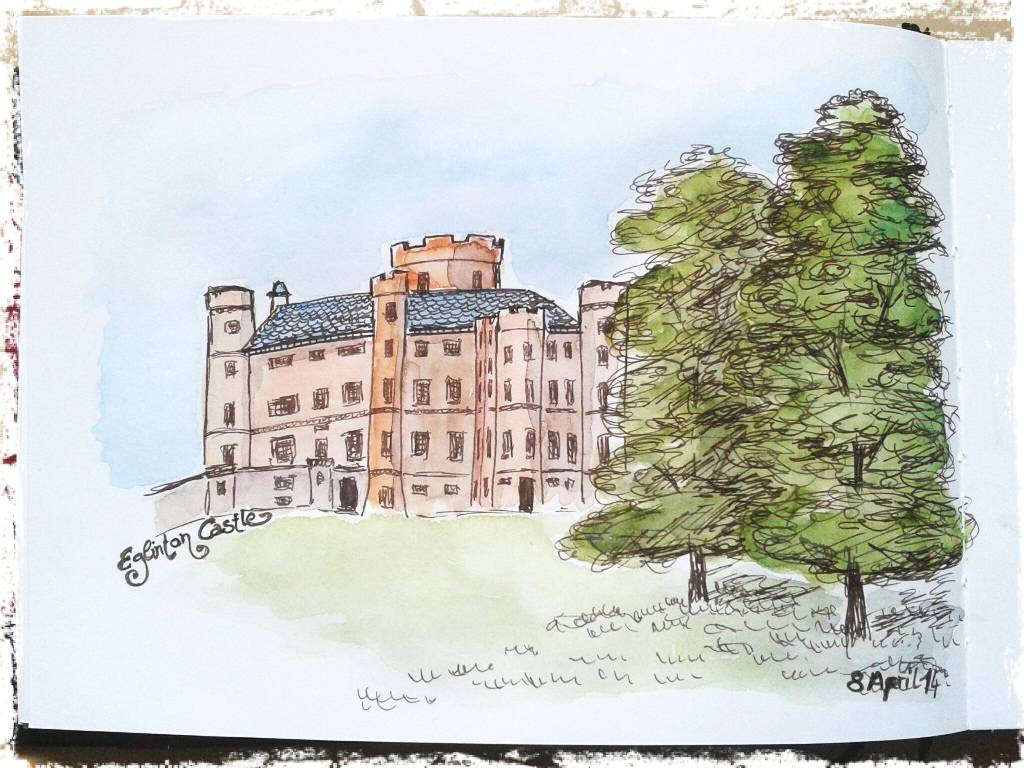 To continue with the Waterloo theme of Diane’s posting on Monday, let’s turn to the hero of Waterloo himself, Arthur Wellesley, and the large equestrian statue of the man and his horse Copenhagen. The erecting of the statue in 1846 and the whole controversy that surrounded the event form the backdrop to my upcoming novella A Tangled Web, which will be released next week. (Just a few days ago, I updated the cover – how do you like the new version?)
To continue with the Waterloo theme of Diane’s posting on Monday, let’s turn to the hero of Waterloo himself, Arthur Wellesley, and the large equestrian statue of the man and his horse Copenhagen. The erecting of the statue in 1846 and the whole controversy that surrounded the event form the backdrop to my upcoming novella A Tangled Web, which will be released next week. (Just a few days ago, I updated the cover – how do you like the new version?)
His many successes during the Napoleonic Wars earned Arthur Wellesley not only the title of Duke of Wellington, but also the adoration of the nation. For many years after the wars he remained a prominent political figure, and as he neared the end of his political career, it was felt that something needed to be done to honor the Iron Duke’s many achievements.
And what could be more natural and more proper than to erect an equestrian statue of the great man (and his horse)? And not just any equestrian statue! The LARGEST equestrian statue in the whole of Britain!!!
 A committee was formed, funds were raised, a sculptor appointed (Matthew Cotes Wyatt), and then the job was under way. French cannons captured at Waterloo were melted down to provide the bronze for the statue. The Duke sat for the artist, as did a horse (the faithful Copenhagen had died a few years before, so a substitute was used).
A committee was formed, funds were raised, a sculptor appointed (Matthew Cotes Wyatt), and then the job was under way. French cannons captured at Waterloo were melted down to provide the bronze for the statue. The Duke sat for the artist, as did a horse (the faithful Copenhagen had died a few years before, so a substitute was used).
In 1846, after many years of labor, the statue neared its completion, and the Duke and members of the press were invited to preview it. One London paper considered it “premature to hazard an opinion as to the general effect of this statue when elevated in the position to which it is destined, but our impression is a favourable one, and we shall look forward to its public appearance with interest” (reprinted in The Bristol Mercury, 6 June 1846).
Most others did not. The Critic called it a “monster statue” (19 Sept. 1846), and the Daily News regarded the statue as an “atrocious violation of all artistic principle”: “Never since the time of the Trojan horse, such an equestrian monster paraded the streets of the capital. […] Without any desire to detract from the glories of his Grace F.M. the Duke of Wellington […] we wish to know why respect to the Duke must express itself by outrage to taste? Because his Grace’s merits outrun all measure of praise, must his statue violate all laws of proportion?” (16 Sept. 1846)
But it was not only the sheer size of the duke’s monument that garnered scorn and ridicule, but also the place where it was to be erected: on top of the Wellington Arch: “When placed upon the arch, the statue will have the face towards Piccadilly; the consequence will be that his grace will have his look fixed intently on the windows of Apsley house [i.e., the Duke of Wellington’s home], while the extended arm points at Buckingham Palace. ‘The Iron Duke’ can thus never approach his windows without having his gaze retuned by his brazen counterpart outside” (Morning Chronicle, 30 Sept. 1856).

Besides, would the arch be able to bear the weight of Wyatt’s colossal monster? Punch speculated “that the whole concern will come down with a tremendous crash, and that the Duke’s horse will be found kicking and plunging about in the fearful gap his own weight will have occasioned.” Indeed, Wyatt’s creation, Punch surmised, would not only reach the skies – the statue was typically depicted with the Duke’s head either disappearing in clouds or attracting a flock of birds – but it would also tear the world asunder when it fell of the arch. (Given that you know how much I love Mr. Punch, it won’t surprise you that the writers and artists of my own Victorian magazine, Allan’s Miscellany, share those sentiments.)

On 29 September, the statue was dragged with great pomp and circumstance from the artist’s workshop to the triumphal arch. People lined the streets to watch two military bands, a trumpeter, and more than 400 members of the Life Guards and Grenadier Guards accompany the bronze duke. Thanks to the size and weight of the statue, its progress was troublesome. Therefore, the procession took far longer than planned (and probably scared a few people witless, Punch thought 🙂 ).









